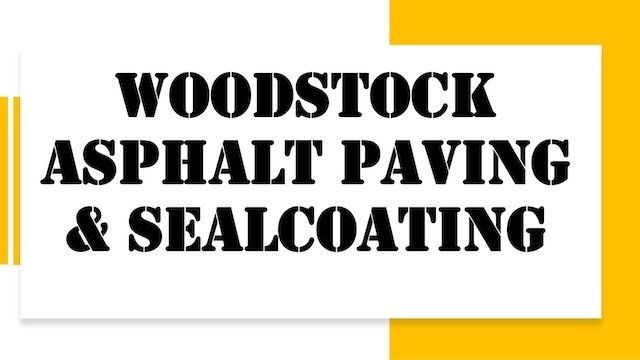Asphalt Repair
Types of Asphalt Repair
At some point, all asphalt surfaces will need to be repaired. Depending on the quality of the initial construction, asphalt parking lots can endure anywhere from 5 to 7 years before they need to be repaired. Modest repairs, such as minor patching, crack filling, and sealcoating, should be made in the early phases.
Small problems, on the other hand, eventually grow larger, and the solutions become more complex and expensive. Budget limits and other factors will influence both short- and long-term solutions.
Learn about the four most prevalent forms of asphalt repair: surface patching, asphalt removal and replacement (peel & pave), full depth replacement, and mill and pave, as well as which one is best for you.
Surface Patching
Surface patching is a type of asphalt repair that only affects the top 1 to 2 inches of the current asphalt layer. It's a cost-effective option, but it's usually only a short-term cure for a small region. Only minor asphalt repairs or drainage issues will be recommended by Woodstock Asphalt Paving & Sealcoating.
Because it requires a stable framework to sustain any repairs, surface patching tends to work exclusively on surface issues. Any repair's efficiency can be hampered by adhesion difficulties. Before putting the new asphalt patch, tack coating and (in some cases) grinding are two methods of improving adhesion to the old surface.
Is Asphalt Patching the best option for me?
- Asphalt patching is recommended for customers who need a quick fix for minor damage.
- Do you require a cost-effective solution?
- Have minimal damage such as a few small potholes or a cracked area
- Do you have a problem with surface drainage?
Still unsure? Give us a call and we'll go over the options that are best for your situation.
Call us today at 404-724-8034
Asphalt Removal and Replacement
Removal and Replacement is a much more long-lasting solution than surface patching, and it will usually eliminate any reflective cracking issues generated by paving over distressed asphalt.
To create a smooth edge, start by mapping out the damaged region and saw-cutting along these lines. The asphalt is then excavated down to the existing stone subbase using a skidsteer, backhoe, or excavator. Before new asphalt is poured, the subbase is routinely tested to ensure that it can support the weight of a typical vehicle load.
The repair's depth and number of courses will vary depending on the degree of the existing damage, the expected vehicle load, and the frequency of traffic. Asphalt removal and replacement, when specified and completed correctly, can prolong the life of your asphalt surface by up to ten times that of surface patching.
We proudly serve the following cities: Acworth, Alpharetta, Atlanta, Austell, Brookhaven, Canton, Cartersville, Dallas, Decatur, Doraville, Douglasville, Duluth, Dunwoody, East Cobb, Hiram, Johns Creek, Kennesaw, Lilburn, Mableton, Marietta, Milton, Powder Springs, Roswell, Sandy Springs, Stone Mountain, Suwanee, Tucker, Villa Rica, and Woodstock Ga.
Copyright 2022 | Woodstock, Ga 30188
This is a referral website. We connect you to a licensed professional


